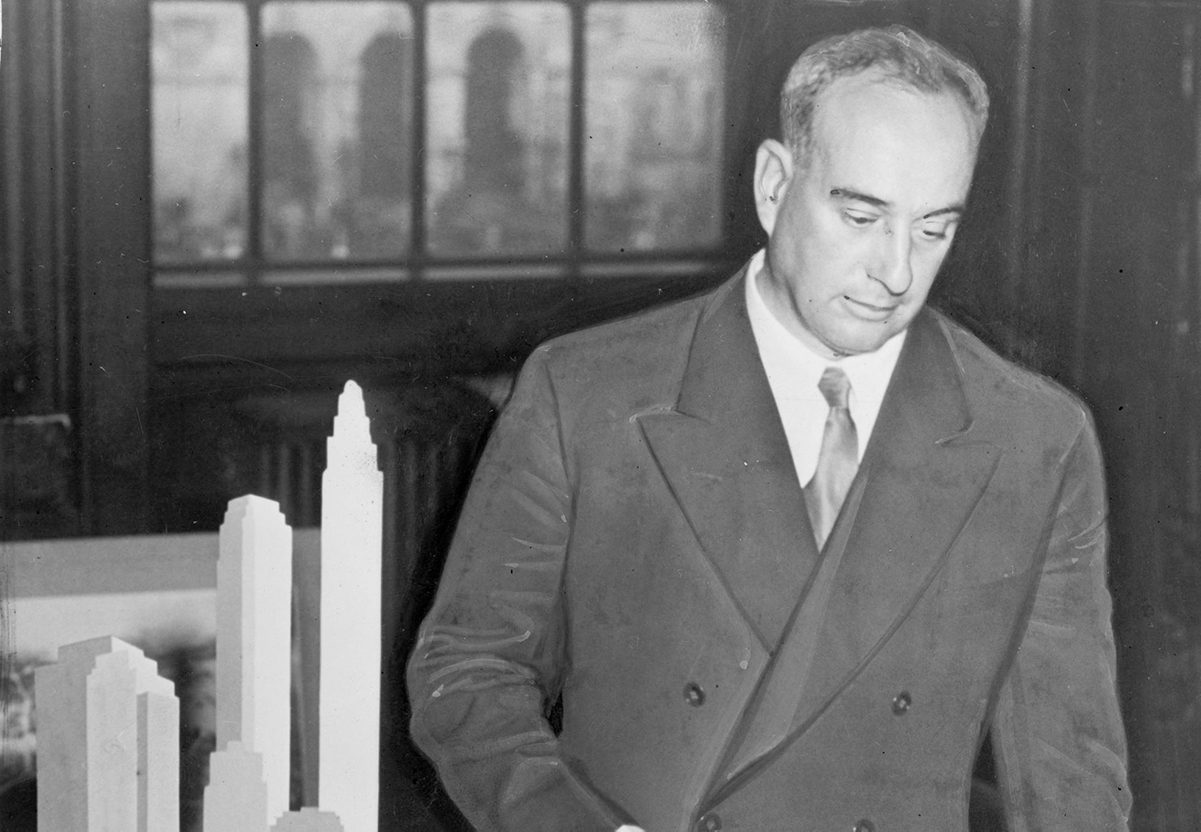Claims that planner’s NYC vision was motivated by bigotry fall far short.
The name Robert Moses inspires rage among right-thinking New Yorkers and bike-lane enthusiasts everywhere, who claim the master builder of New York was a racist and segregationist. The mania for purifying history to reflect the present day has now led to revisionist demands that we cancel him, removing his name from parks and public works around the state..
But the passionate hatred for Moses is rooted in urban legend, a shallow understanding of New York City history and a misreading of “The Power Broker,” Robert Caro’s biography of Moses. Some clarity is in order.
One commonly repeated factoid about Moses is that, while he built 11 swimming pools around the city, he did not want minorities to use them. Thus, according to a recent op-ed in these pages by Jason Haber, Moses “purposely set those built in Harlem to colder temperatures, believing, for whatever reason, that African Americans didn’t like to swim in cold water.”
But Haber doesn’t even get Caro’s cockeyed version of the story right. According to Caro, “while heating plants at the other pools kept the water at a comfortable 70 degrees, at the Thomas Jefferson Pool, the water was left unheated.”
But the Thomas Jefferson Pool was in East Harlem, which in the 1930s was mostly an Italian neighborhood — it was the “white” pool, while Colonial Park Pool (now Jackie Robinson Pool) in Central Harlem was the “black” pool. So, because he was a racist, Moses built a nice, heated pool for black Harlemites, and kept the white pool uncomfortably cold. Funny way to show your racism.
In reality, all the pools were heated, and there is no evidence that Moses’ pools were segregated. Period photos show integrated swimming, and Moses specifically sought black lifeguards for the city’s beaches and pools.
Another bit of received wisdom about Moses’ racism is that he intentionally built bridges over the approaches to Jones Beach that were too low to accommodate buses, in order to keep poor minorities from going to the beach. Now it is true that Moses — like everyone else in the 1920s and 1930s — believed that the future of American cities would revolve around cars.
But did Moses restrict buses, “presumably filled with the poor blacks and Puerto Ricans Moses despised,” in the words of Cornell University urbanist Thomas Campanella, in order to keep Jones Beach lily-white? Nope.
Remember, for most of the 20th century, the city was overwhelmingly white. Jones Beach State Park was built in the 1920s, when African-Americans were only 3% of the city’s population. As late as 1945, there were only 13,000 Puerto Ricans in New York City.
When Jones Beach was opened in 1929, New York City was more than 95% white — that is, whiter than Maine is today. Most public accommodations around New York were majority white, if not exclusively so, but by default.
Finally, there’s the charge that Moses installed monkeys as playground ornaments in Harlem, more supposed evidence of racism. However, the exact same monkeys are in the Riverside Park playground at W. 83rd St.
This is not to say that Moses wasn’t racist; he probably was. But it was hardly his biggest problem. Moses was a megalomaniacal elitist who disliked public transportation. He preferred soaring bridges and envisioned the city as a place where private cars would whisk people to-and-fro via elaborate, terraced expressways. He gutted working-class neighborhoods like Tremont — populated mostly by Jews — to build the Cross-Bronx Expressway.
But if we want to judge the past by the standards of today, consider that without Moses, there would probably be no public housing in New York City. He engineered NYCHA, where 400,000 mostly black and Latino New Yorkers live. It is falling apart, but that’s not his fault. Moses built playgrounds and pools that are still in use across the five boroughs. Go to Jones Beach, and you will see thousands of people — mostly minority — enjoying the greatest public beach in America.
To wish Robert Moses never happened is to wish away New York City as it is.
This piece originally appeared at the New York Daily News
______________________
Seth Barron is associate editor of City Journal and director of the NYC Initiative at the Manhattan Institute.
This piece originally appeared in New York Daily News
